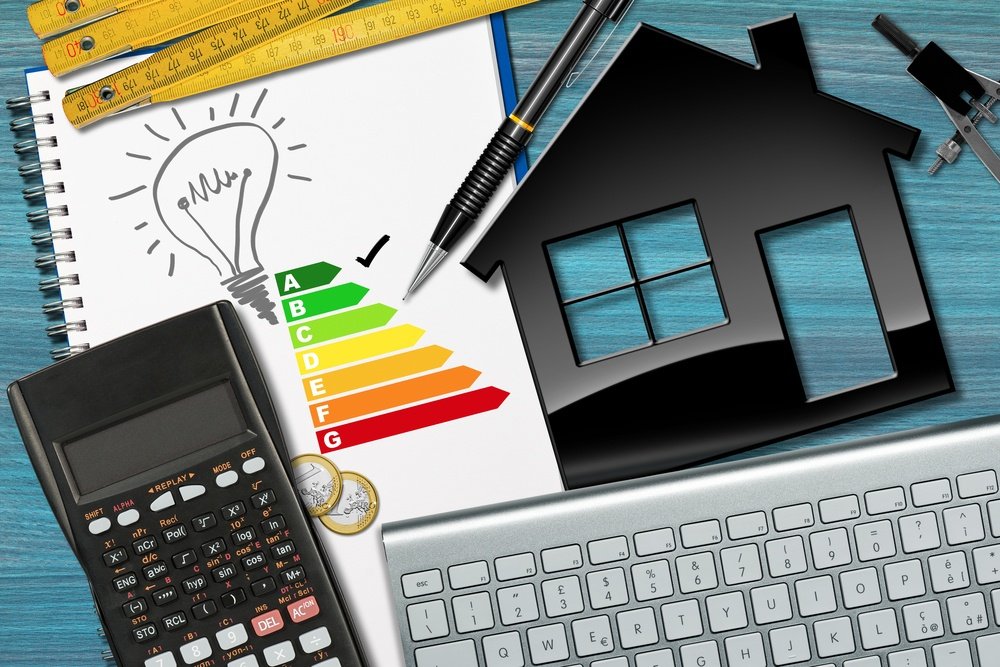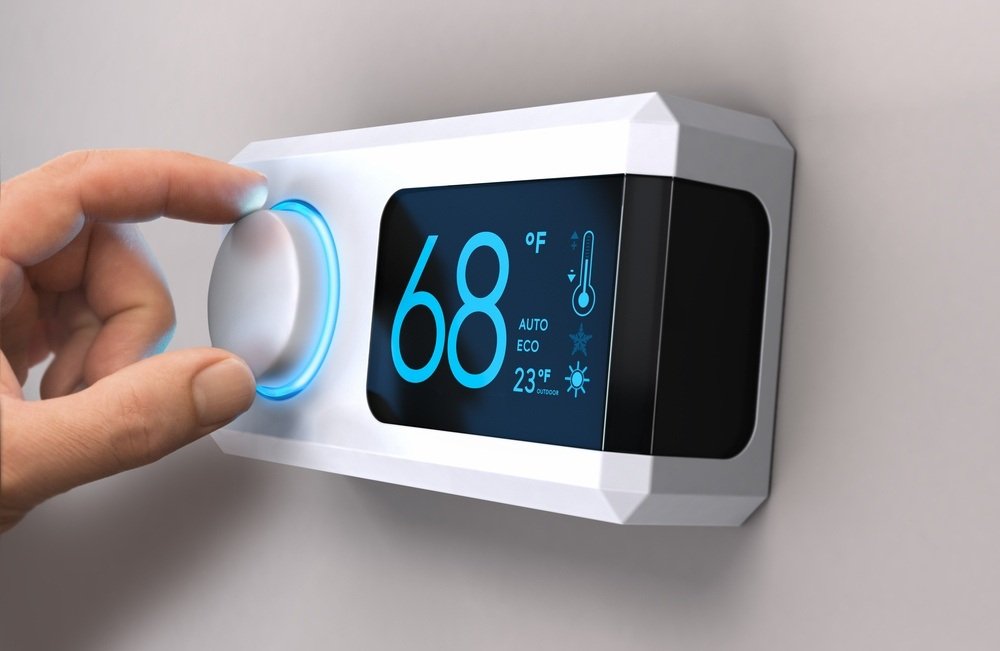Energy Efficiency Improvements That Pay For Themselves

Energy efficiency has been making headlines over the last several years, and much of the focus has been on the importance of reducing energy use at home. A lot of homeowners want to reduce their energy consumption, but they are hesitant to make major upgrades around their home because of the cost. Fortunately, there are a number of home energy efficiency improvements that pay for themselves over time. Start with these projects:
Seal Air Leaks
Cool air in the summer and warm air in the winter can escape through air leaks in your home. When this happens, your heating and cooling system is forced to consume more energy to keep your home at a comfortable temperature.
Prevent this problem by sealing pesky air leaks in your home. There are a number of places where air leaks may occur, but most leaks are found around windows. To seal these, it’s best to caulk around the perimeter of the window. Caulking is a fairly simple job, so there’s no need to hire a professional. All that you will need is a caulking gun, caulk, and a putty knife or large screwdriver, which can all be purchased for under $30. Applying a fresh layer of caulk around the leaky windows in your home could lead to a 10-20% energy savings.
Switch to Low Flow Fixtures
Taking shorter showers and turning off the faucet when it’s not in use is one way to conserve water. But, switching to low flow fixtures is a much more efficient way to reduce water consumption. This is another simple DIY project, so no professional help is needed. Making the switch to low flow fixtures is inexpensive, too. The prices of fixtures can vary, but low flow showerheads start as low as $8. Switching all of the showerheads and faucets to low flow models could save you up to $145 a year, so this project will definitely pay for itself in no time.

Use A Programmable Thermostat
Homeowners can drastically reduce their heating and cooling costs by replacing an old thermostat with a programmable model. A programmable thermostat allows you to preset heating and cooling schedules so the system is never running when it is not needed. For example, set the thermostat to automatically turn off during the hours you are normally at work so it doesn’t consume energy heating or cooling an empty house. Using a programmable thermostat in this manner can save you up to $150 a year on utility bills. Since programmable thermostats cost between $150-250, this project pays for itself within the first two years.
Insulate the Attic
It’s common knowledge that heat rises. But, many people do not realize that the warm air in their home rises and eventually escapes through the attic. When the warm air escapes, the heater has to work even harder to keep your family comfortable during the winter.
One way to prevent this problem is adding insulation to the attic. This project can be tricky, so it may be a good idea to hire a professional for help. A professional will be able to tell how much insulation is needed and which type of insulation is best for your home. Adding insulating can cost as much as $1500, but it can lead to $600 in annual savings.
Upgrade to Energy Efficient Appliances
Replacing outdated appliances with energy efficient models is another project that can help homeowners reduce their energy usage and utility bills. However, homeowners must be willing to cover the costs of new appliances in order to complete this project. Energy Star appliances for the kitchen and laundry room can cost thousands of dollars, but they will pay for themselves eventually. An Energy Star refrigerator can save homeowners around $100 every year, whereas an Energy Star clothes washer can save about $110 per year.
Install Solar Panels
Solar panels capture energy from the sun and convert it into electricity that can be used to power your home. Homeowners with solar panels on their roofs can reduce their reliance on the electrical grid, which means they no longer have to pay astronomical utility bills.
How long will it take for this project to pay for itself? It depends on a number of factors, including the average available sunlight, angle of the roof, cost of the solar panels, and local electricity rates. For example, homeowners in California should expect to pay an average of $13,000 for a solar panel system and save nearly $30,000 over a 20-year period. Homeowners in Texas spend an average of $12,390 and save around $13,000 over 20 years. Be sure to research the costs and savings in your area to determine if this is a wise investment.
As you can see, there are many home energy efficiency improvements that are well worth the investment. By completing the projects on this list, homeowners can reduce their carbon footprint, lower utility costs, and significantly increase the value of their home.


